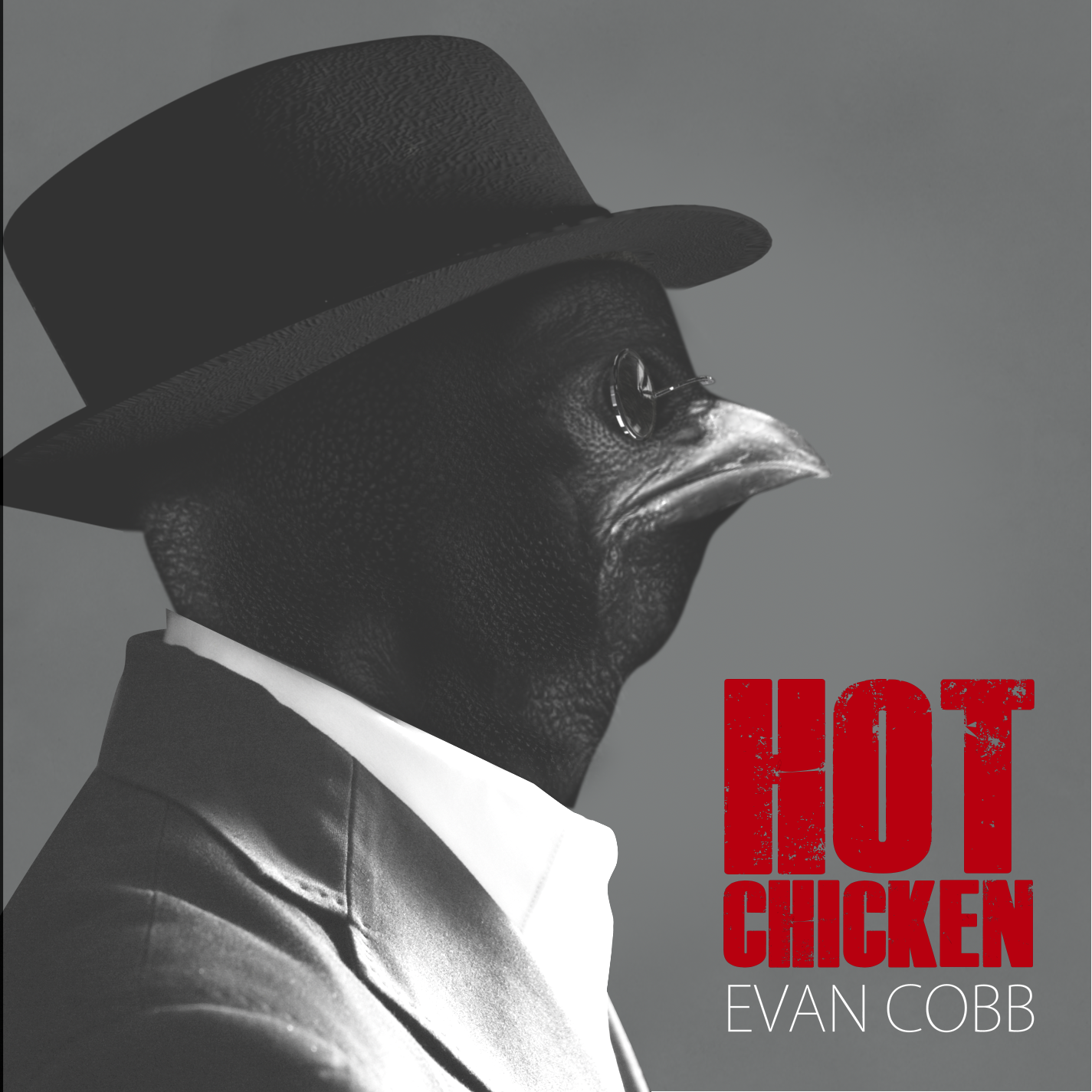The onset of February has made me realize I’ve been downright awful at keeping up with posts here – my apologies! Rest assured that the recent inactivity of this blog in no way reflects the musical happenings here in Tennessee.
I’ve finally got the ball rolling on my most important project to date, although I am hesitant to talk about it before I have all of the details finalized.
Exciting news: next week I’ll be backing up Gladys Knight with the Nashville Symphony. The “Empress of Soul” had her major hits before my time, but if you haven’t listened to ‘Midnight Train to Georgia‘ recently, you absolutely must!
The monthly jam session started off 2011 very well with a great performance and information session provided by Roland Barber. I’ll be announcing the featured guest for February 20th soon.
That brings me to the title of this post, “How do I know if I’m ready?” This is a question I’ve been asked at some jam sessions here in town, and it’s a good one. If you’re new to the world of jazz jam sessions, my best recommendation would be to come with three things:1. a tune you’ve learned and memorized; 2. a blues head that you like; and 3. a Real Book.
1. When you sign up on the jam session sheet or talking to the band leader who’s never heard you, having a tune that you know well enough not to need music gives confidence that you won’t get up and bang on the keys or lay a giant bomb of lame on the bandstand. That helps everything run smoother and gets you an opportunity quickly.
2. Having a blues head you like is a good idea, because there’s pretty much always at least one blues played at a jazz jam session, and if you do well on your first tune, you’ll surely be asked to play another! Yes we know you like to play blues in the keys of B-flat and F, but if you don’t know any melodies it suggests that you haven’t done your homework.
3. Your Real Book is a great reference tool. While I recommend NOT using it on stage until you’ve got 200 tunes or so in your pocket, it’s great to use while you’re sitting and listening. A jam session is a great place to learn more about tunes, even the ones you’re not playing on. If you recognize a tune, or even if you’ve never heard it, follow along with the lead sheet from chorus to chorus – see if you can continue to hear the melody (especially during the drum solo!). Maybe there are some alternate chord changes being played by the band? Put a star next to chords you have questions about and go ask the piano player after the session. This can give you directions on what to go home and practice, and then you expand your repertoire and have a new tune to call at the next jam session.
I hope this was helpful – looking forward to seeing you out there soon!
-evan


